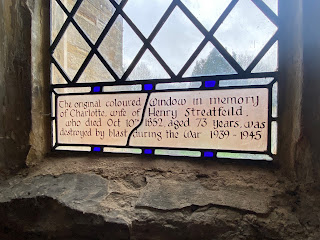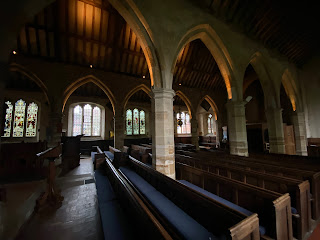Chiddingstone is unique in that, apart from the church and Chiddingstone Castle, the entire village is owned by the National Trust, which describes it as "the best example of a Tudor village left in the country". It is an example of a Tudor one-street village.
A popular theory is that the village takes its name from a large sandstone rock formation, situated on its outskirts, named the Chiding Stone. Chidingstone was a previous spelling used for the village. The National Trust consider it more likely the name is derived from the homestead of Cidda's family, "Chidding tun". It was recorded as "Cidingstane" in the 12th century. The stone may have been used as a place to remonstrate overbearing local wives, a Druidical ritual site, or an Anglo-Saxon boundary marker.
St. Mary’s Church is thought to be the third or fourth church on this site although there is no structural evidence of a saxon or Norman Church. There is written evidence of a Saxon foundation in the “Domesday of the Monks” (1086) kept at Canterbury. The earliest identifiable masonry can be found on the exterior east wall of the Chancel and is thought to date from 13thCentury. The West Tower was built in the 15th century. It is not easy to see from my photographs but the tower has a collection of stone faces around the upper part – one is double-headed; another has two noses, two mouths and three eyes and several are putting their tongues out in a derisory manner toward the village!
In July 1624 the church was struck by lightning and caught fire. The damage was extensive, and repairs took until 1629 to be completed. The tower contains eight bells dating from 1753. As well as featuring on many memorials inside the church, the Streatfeild family have a vault in the churchyard in the form of a small building constructed in the 18th century. It has been described as not being unlike a gazebo. It is said to contain a bust of the founder, Henry Streatfeild who built the vault in 1736. At the bottom of a set of stairs there are sixteen coffins all made from trees grown on the Streatfeild estate.

































No comments:
Post a Comment